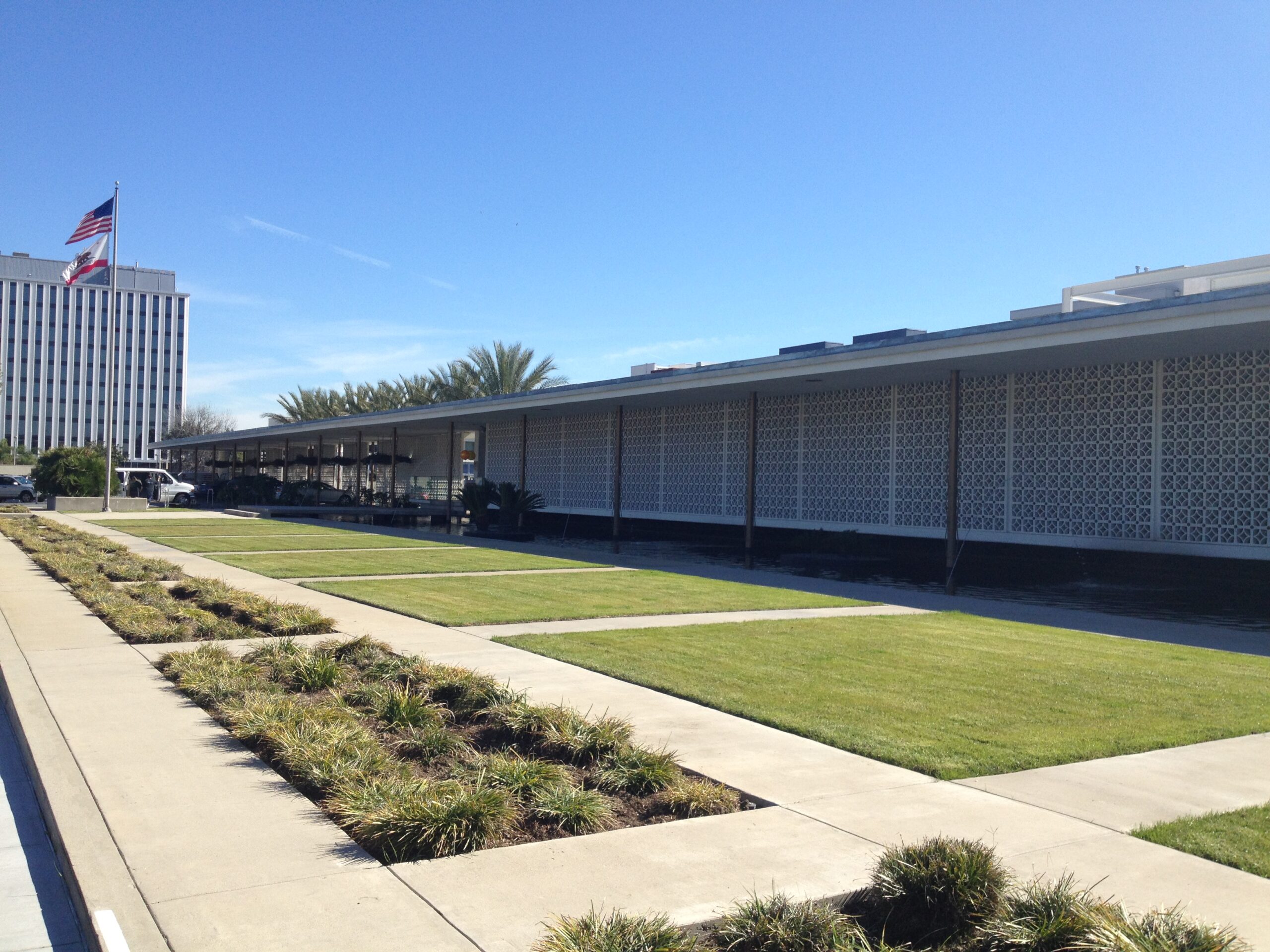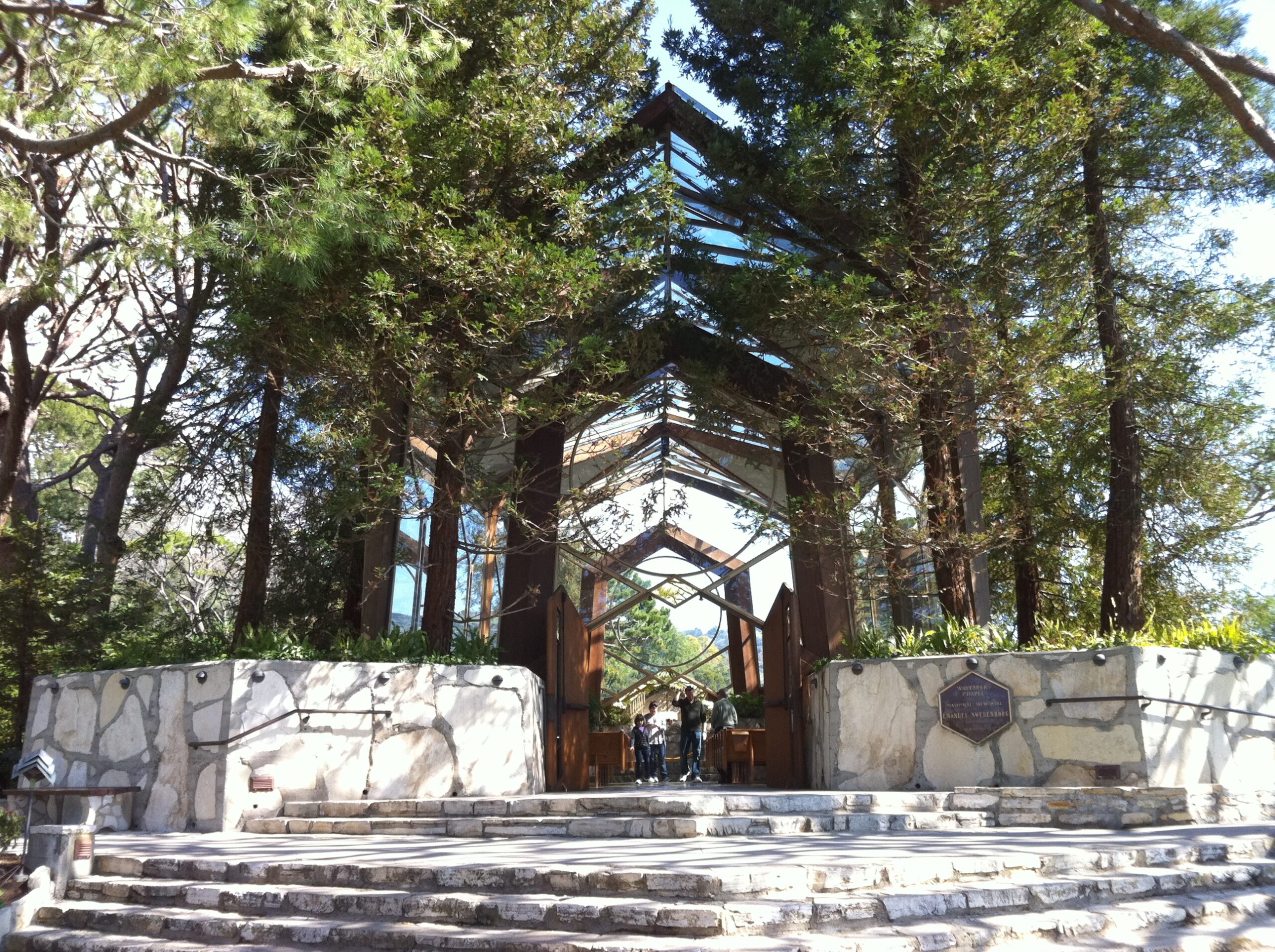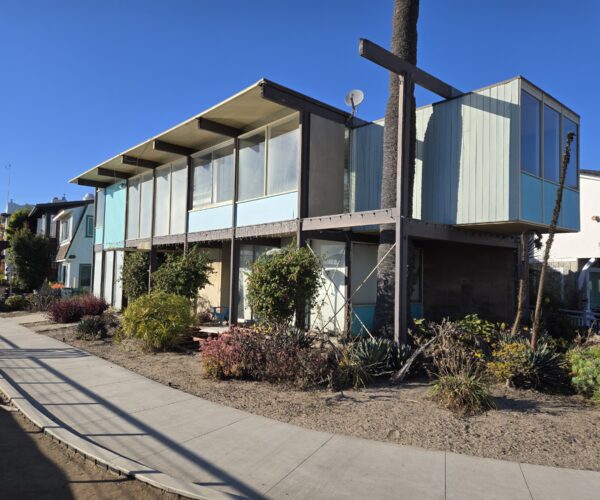
Place
The Stuart Building
With elegant screening, reflecting pools and fountains, and other details, this building demonstrated that industrial architecture could be attractive and appealing, as well as cost-effective.
Architect Edward Durell Stone designed this sleek Neo-Formalist plant and office complex for Stuart Pharmaceuticals. As an architect, Stone was known for his progressive integration of classical elements with the modern vernacular to attain a timeless, eternal quality, eschewing to some extent the trends of the time.
This building in particular was noted for its milky-white Persian inspired screening, reflecting pools and fountains, light-filled atrium, and other elegant details. The style became much emulated in Southern California and beyond, and the building was cited as a prime example that industrial architecture could be attractive and appealing, as well as cost-effective.
The American Institute of Architects (AIA) selected it as one of the five best designs of the year, and awarded it the National First Honor Award. The site’s landscaping was designed by influential modernist landscape architect Thomas Church.
In 2011, the partially demolished complex was given a second life when preservation architect Robert Chattel was enlisted to readapt the remaining building and incorporate it into an apartment and performing arts center designed by Architects Orange.
Now serving as a theatre space and the apartment’s common area, the building has retained historic fabric including landscaping, lighting, and the original pool.


